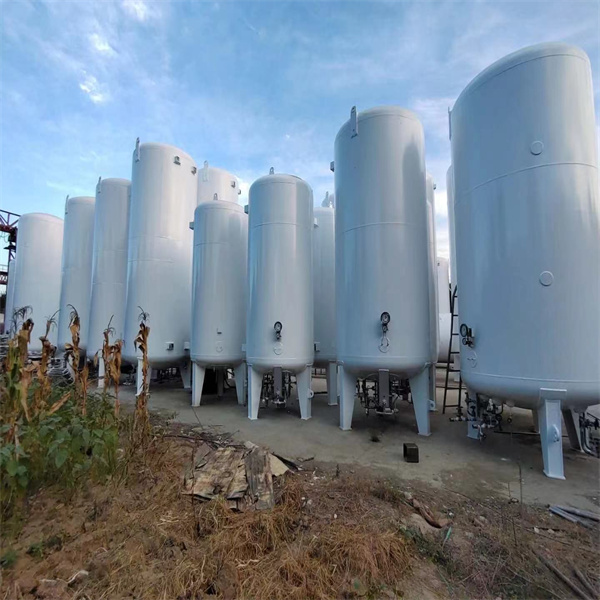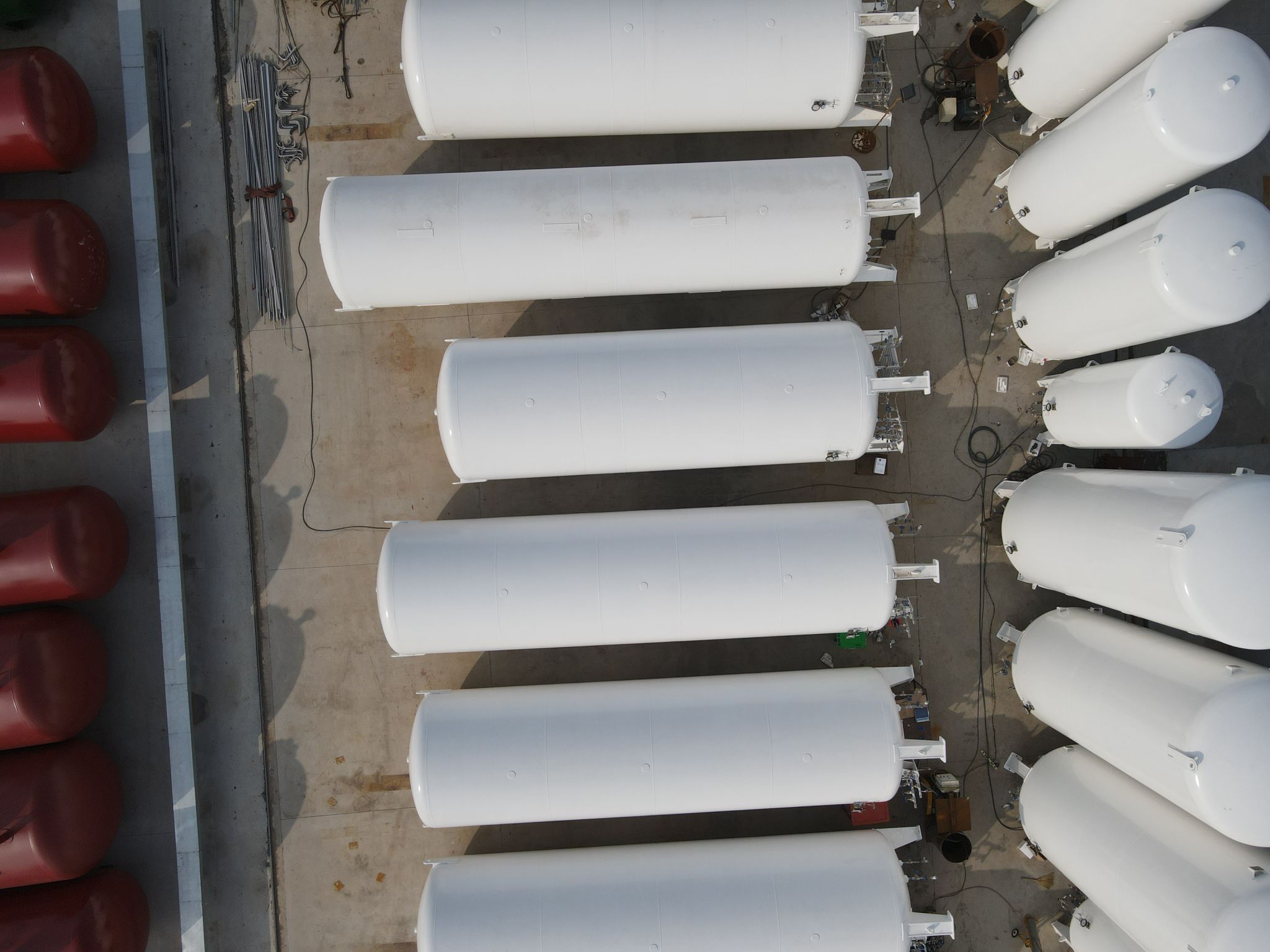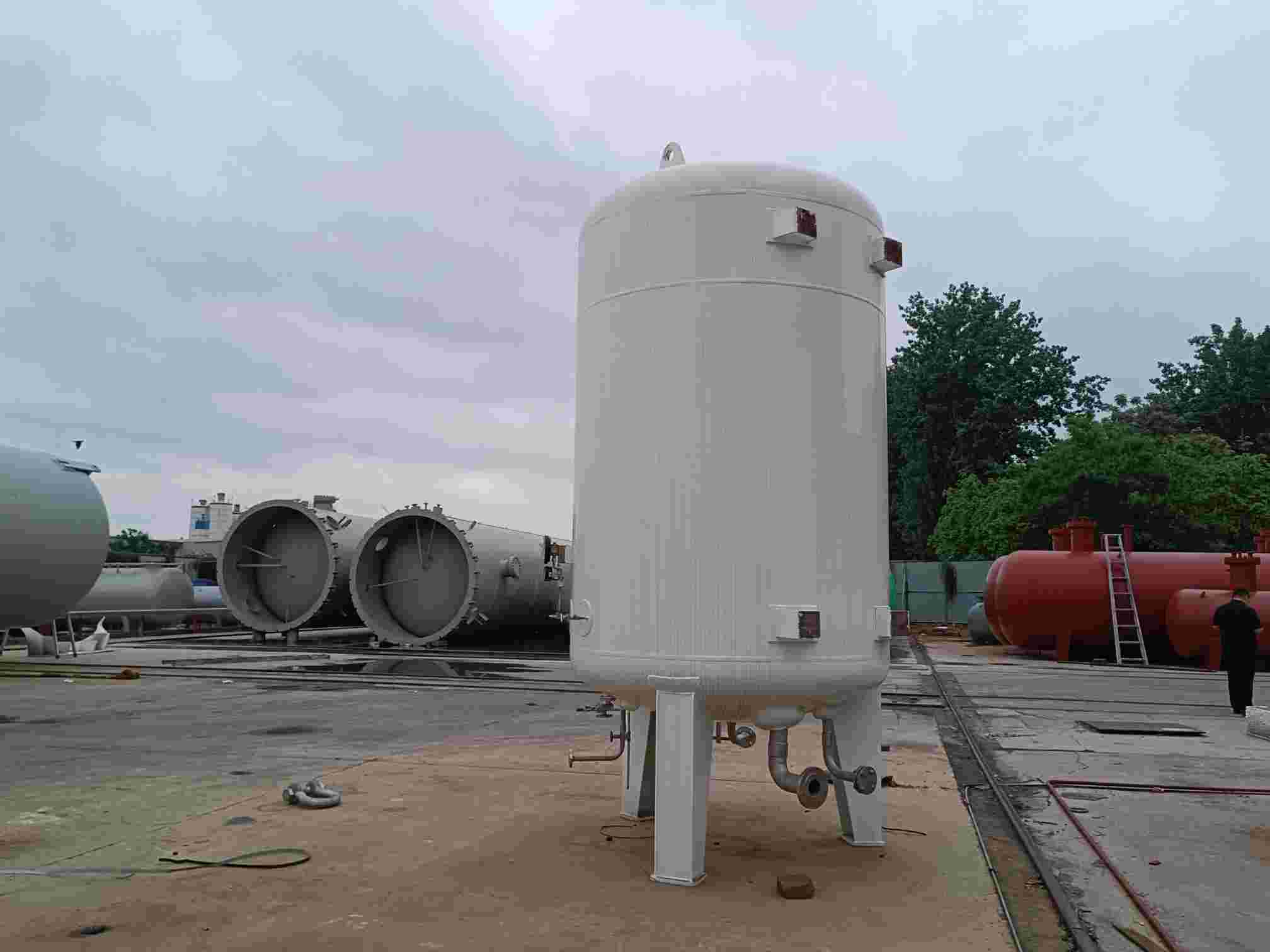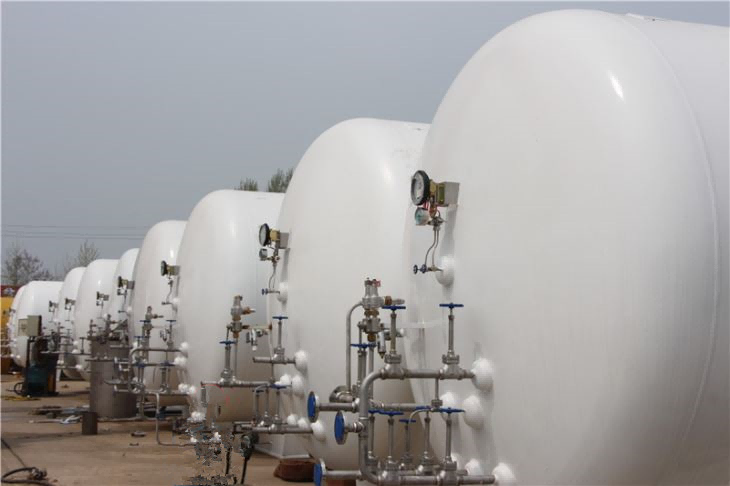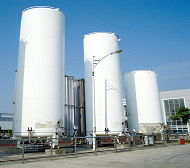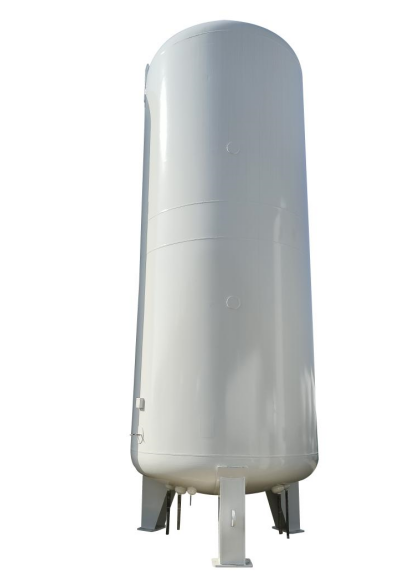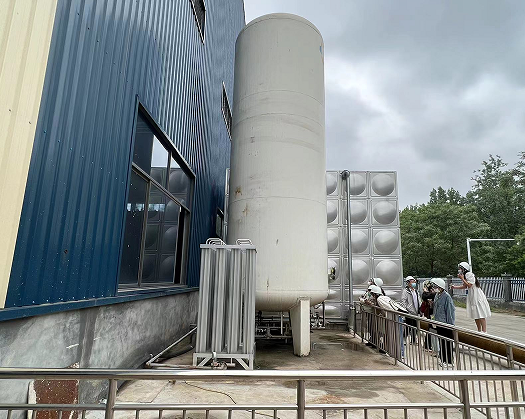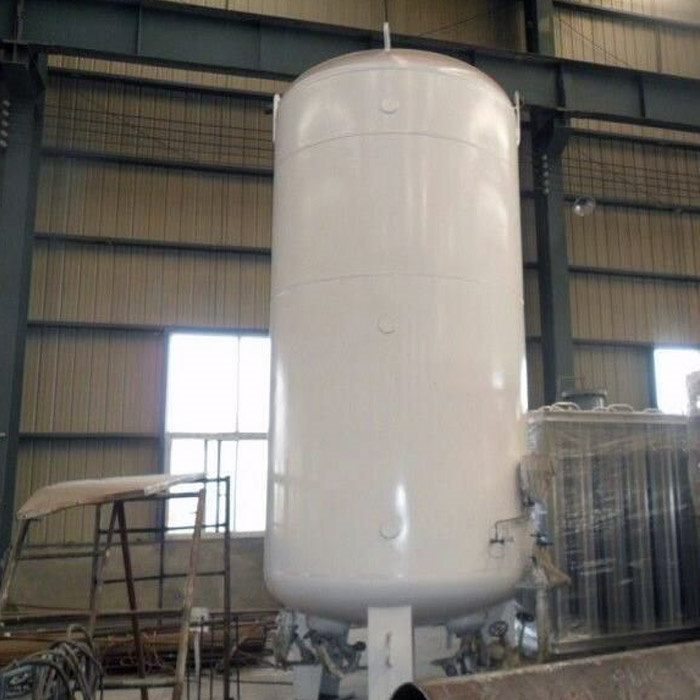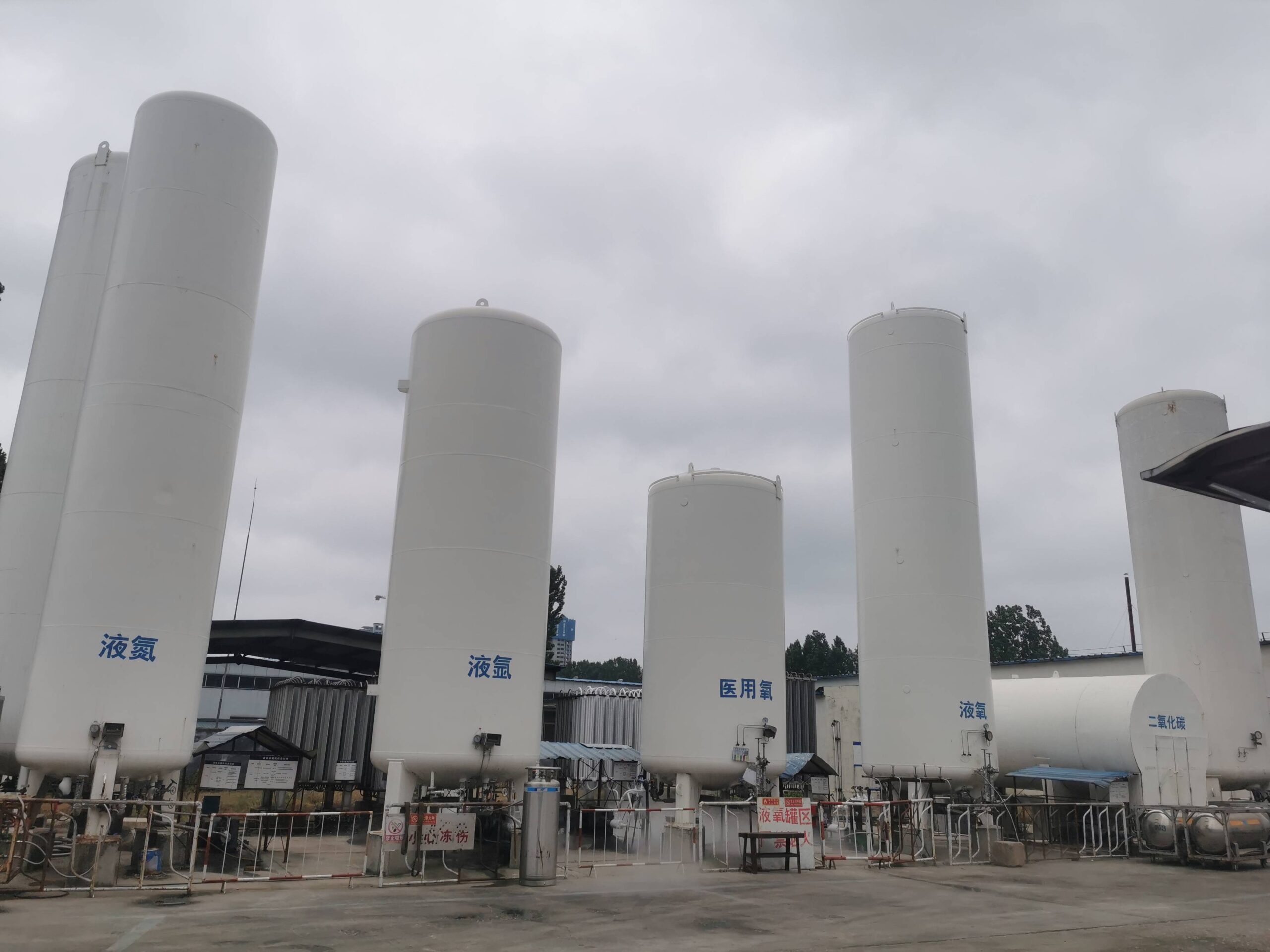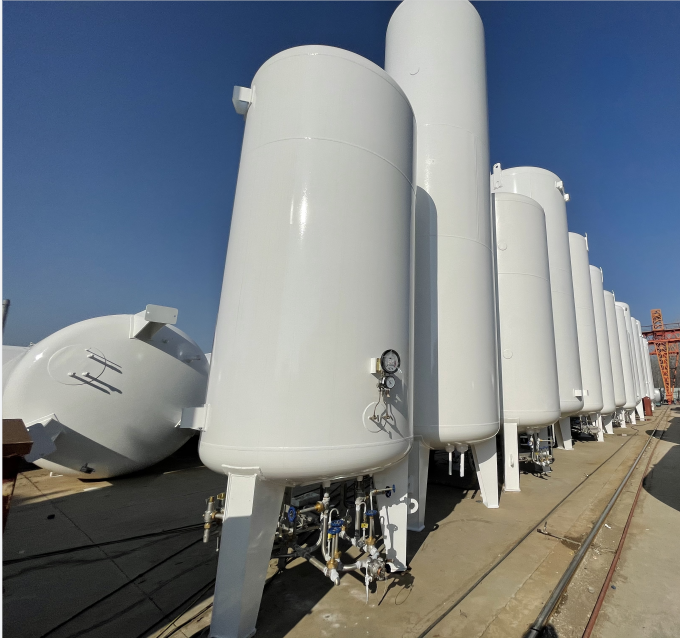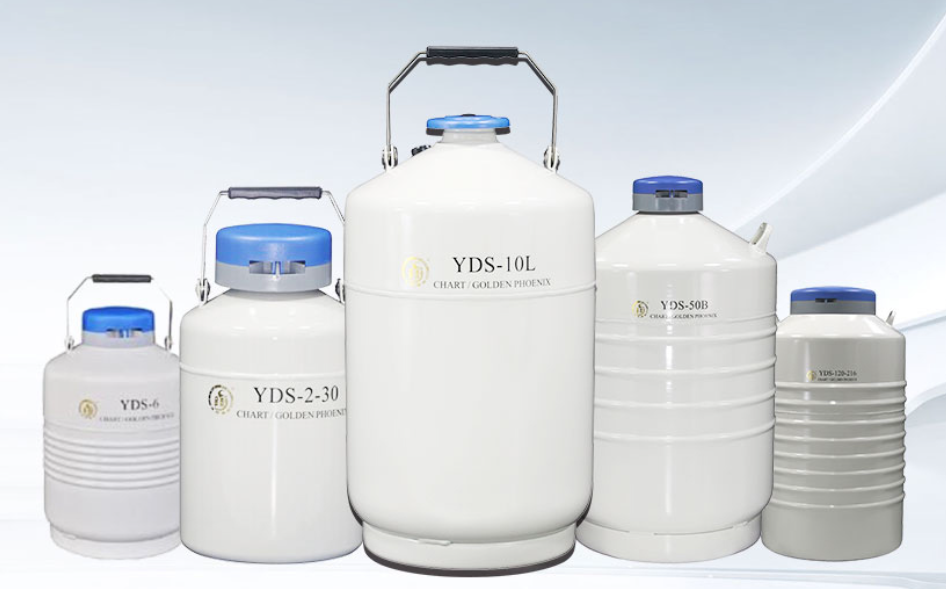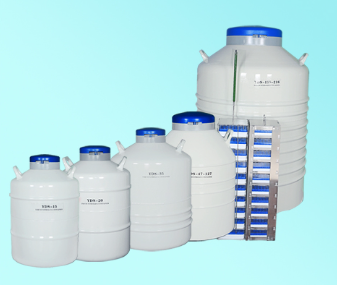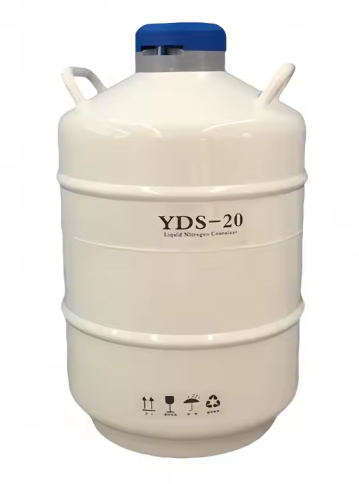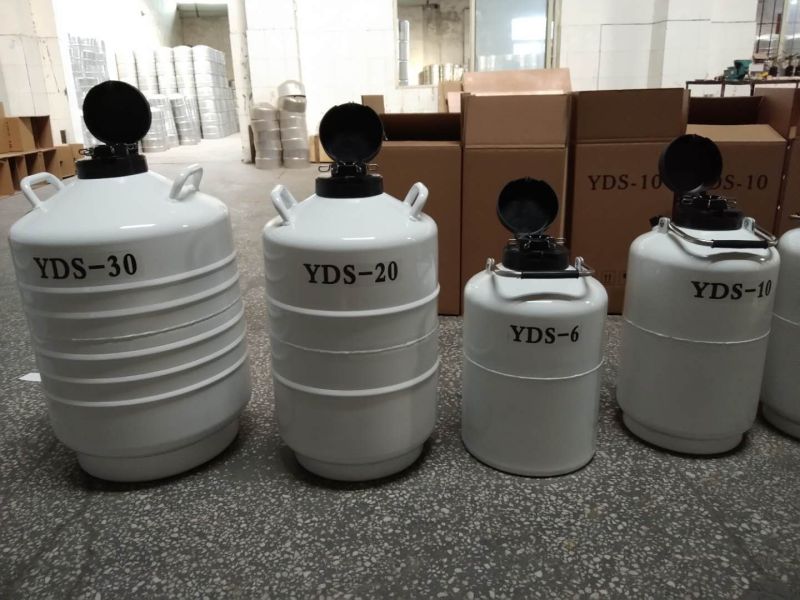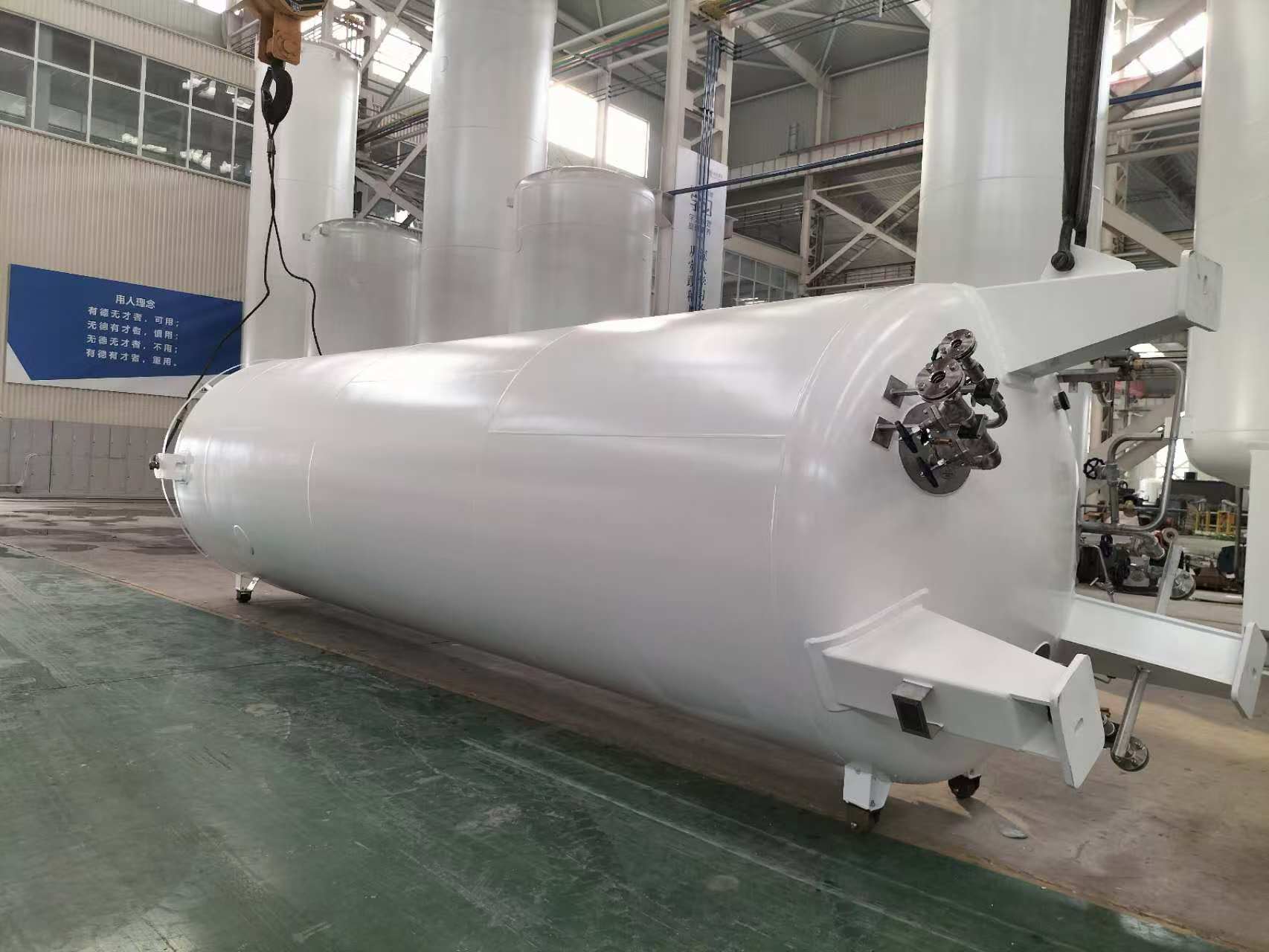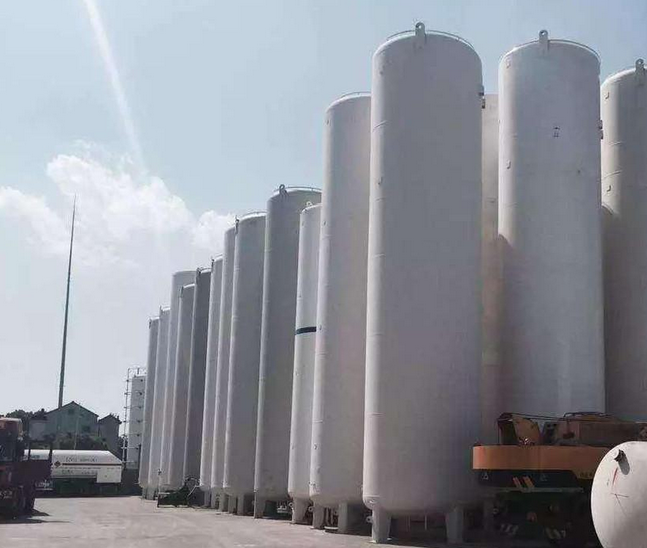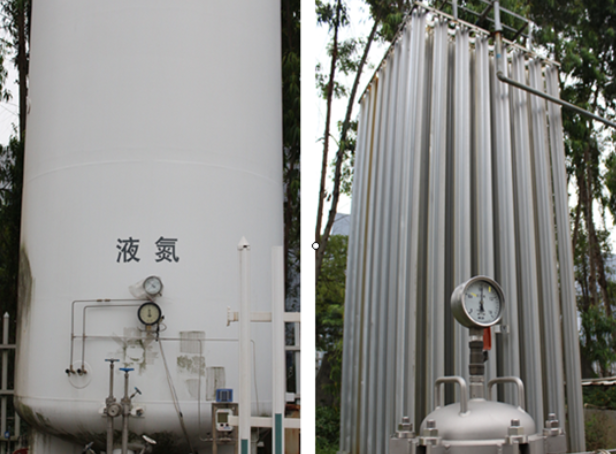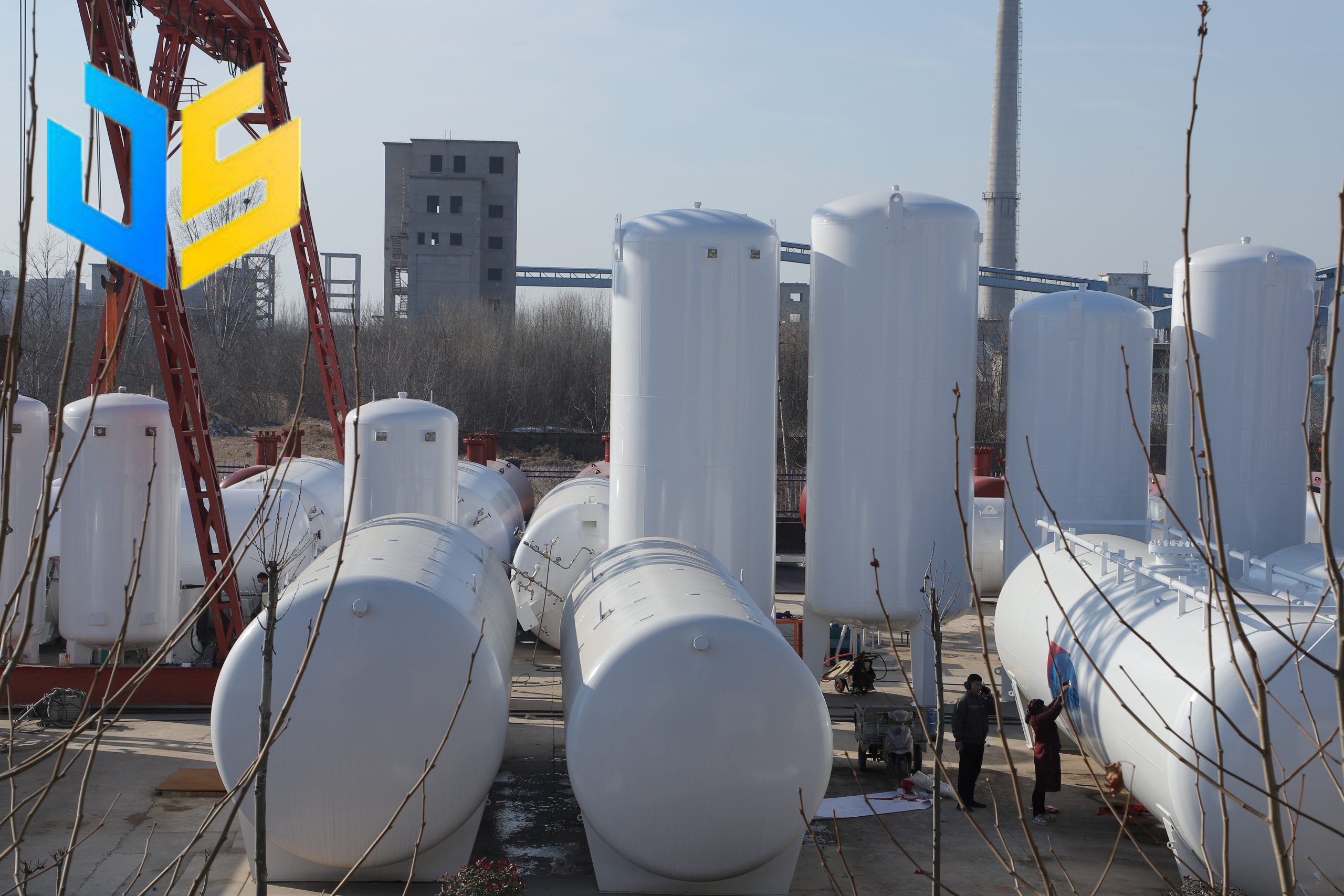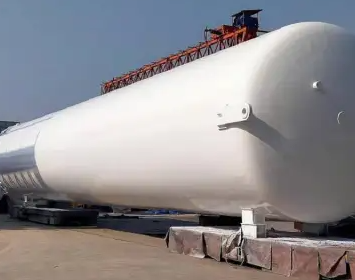Liquid nitrogen storage tanks design
Liquid nitrogen is usually stored at low pressure, but the tank needs to be able to withstand a certain internal pressure. The design pressure is usually around 0.1 MPa (1 bar), but the specific value depends on the actual application and safety requirements.
Liquid nitrogen is usually stored at low pressure, but the tank needs to be able to withstand a certain internal pressure. The design pressure is usually around 0.1 MPa (1 bar), but the specific value depends on the actual application and safety requirements.
Liquid nitrogen storage tanks need good insulation performance to reduce the evaporation loss of liquid nitrogen. The insulation layer of the tank usually adopts high-efficiency insulation materials such as vacuum insulation or foam insulation.
The material of the tank needs to have good low-temperature performance. Commonly used materials include low-alloy steel, stainless steel and aluminum alloy, which have good toughness and corrosion resistance at low temperatures.
The tank should be equipped with safety devices such as safety valves, pressure gauges, and thermometers to monitor and control internal pressure and temperature to prevent accidents caused by overpressure or abnormal temperature.
The design of the tank needs to take into account the evaporation rate of liquid nitrogen, which is related to the insulation performance, tank size and frequency of use. Excessive evaporation rate will lead to increased liquid nitrogen loss.

